Koi fish have been bred for their luminous colors for hundreds of years, and with the expansion of global trade, more and more koi enthusiasts can cultivate Koi as pets.
Especially Taisho Sanshoku Koi fish make great pets. These fish are among the most popular Koi fish varieties (alongside the Kohaku Koi fish and Showa Koi fish).
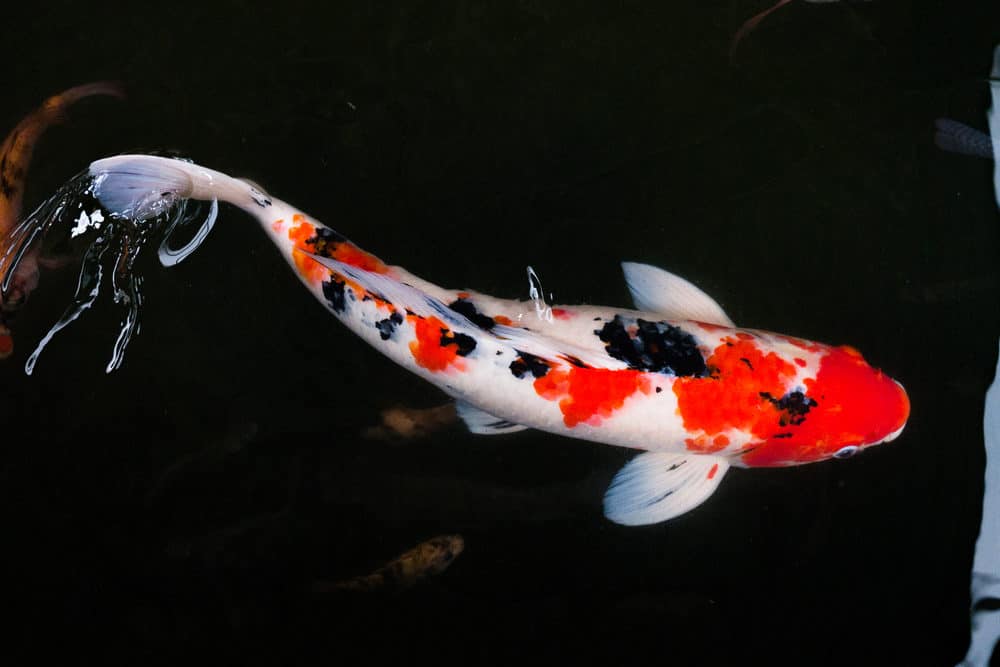
In this article, we’ll break down everything you might want to know--and everything you didn’t know you wanted to know--about Taisho Sanshoku Koi carp fish.
First, it’s essential to pin down what the Taisho Sanshoku is called. You might also see this Koi variety identified as the Sanke or Taisho Sanke--but they all refer to the same fish and came about as abbreviations of the formal name.
The full name of the Taisho Sanshoku Koi comes from three distinct elements. The first word, Taisho, is the emperor’s name who reigned during the period when the Taisho Sanshoku were first bred. San means “three,” and shoku means “colors”-- a reference to the fish’s red, white, and black coloration.
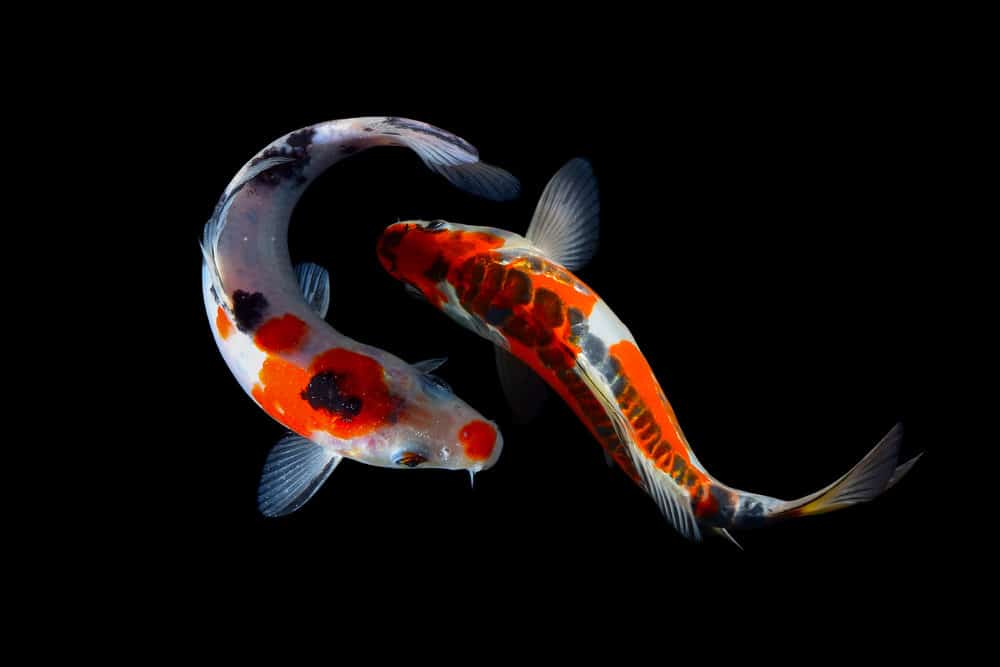
While Taisho Sanshoku are a Japanese Koi fish variety unto themselves, there are also a wide variety of sub-varieties, categorized based on the pattern of their white skin (called Shiro), red markings (Hi), and black highlights (Sumi).
There are ten varieties of Taisho Sanshoku, including:
If you’re thinking about getting a Taisho Sanshoku, make sure you research each type and its differences.
Like all Koi, there’s a method to judging the intricate and beautiful patterns of a Taisho Sanshoku. While these rules vary considerably depending on the judge and their cultural background, there are some general principles.
First, well-judged Taisho Sanshoku should have Shiro that is pure white (not off-white or yellow), no Sumi markings on its head, and Hi and Sumi that end at the area where the Koi’s tail fin connects to its body.
Of course, the fish should not have any disfigurations in its fins or mouth and should be free of illnesses.
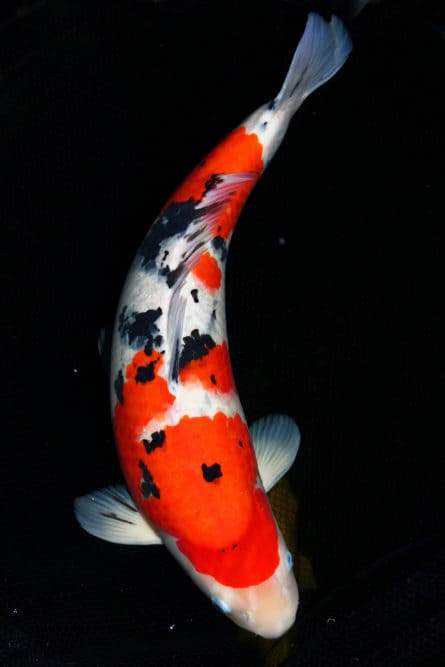
In terms of judging criteria, the most critical element in a Taisho Sanshoku is symmetry. Judges do not look favorably upon irregular or messy patterns and tend to favor patterns that are generally the same on either side of the fish (perfect symmetry is not required).
Discontinuous patterns also tend to be preferable in judging Taisho Sanshoku Koi, as judges typically look for a balance between the red pattern of the Hi and the white of the Shiro. This requirement can be offset, however, by a Hi pattern that is visually interesting.
Another favorable element is step patterning--patterns that count the number of Hi plates on the Taisho Sanshoku’s skin. Though not all steps are precise or symmetrical, having a compelling step pattern can give a Taisho Sanshoku Koi an advantage in the judging process.
Like any fish, Sanke Koi require particular conditions to thrive; these include temperature, diet, and water quality.
Like other Koi, Taisho Sanshoku are very sensitive to their water, requiring water with low levels of ammonia, nitrite, and nitrate, for which Koi have a low tolerance. Make sure to measure all these elements, as well as temperature and chlorine, when constructing your outdoor Koi pond.
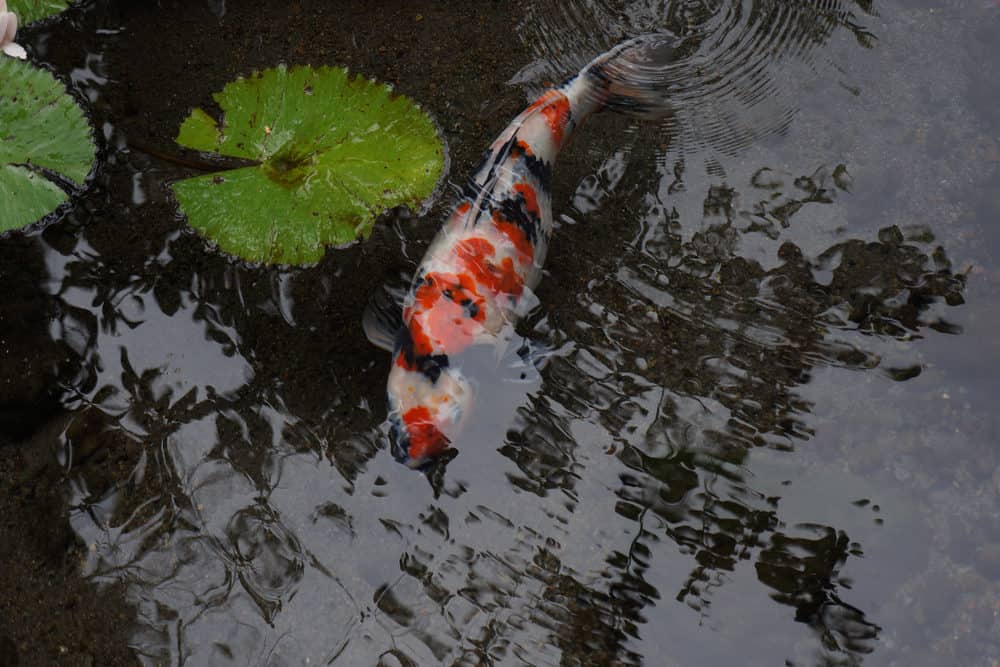
While there is debate over how water temperature affects Sanke Koi’s appearance, it’s indisputable that water temperature plays a role in a wide variety of factors that affect their health.
For instance, the water temperature impacts a Koi fish’s respiration, metabolism, ability to tolerate pH changes and a variety of other factors.
This impact means that, while Koi have a strong tolerance for different water temperatures overall, significant changes can stress their bodies tremendously--potentially leading to health problems.
Like other carp, Taisho Sanshoku Koi are bottom feeders, which means that they have very versatile diets--they’ll eat about anything they can fit in their mouths.
However, Koi breeders will often feed their fish specific diets of color-enhancing foods, including those containing spirulina or krill, as these affect the intensity of their color patches.
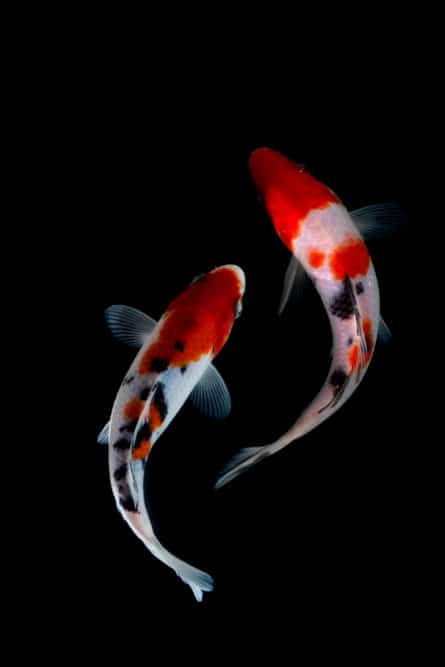
If color is a concern for your Taisho Sanshoku Koi fish, then do some research into what food will make your Koi’s skin pop; otherwise, feed them anything you’d feed a goldfish (they’re both carps, technically speaking).
Whether you’re a burgeoning breeder or simply a Koi lover, Taisho Sanshoku Koi fish are a beautiful species that are relatively easy to take care of, as well as being a gateway into the vast world of Koi judging and appreciation.



